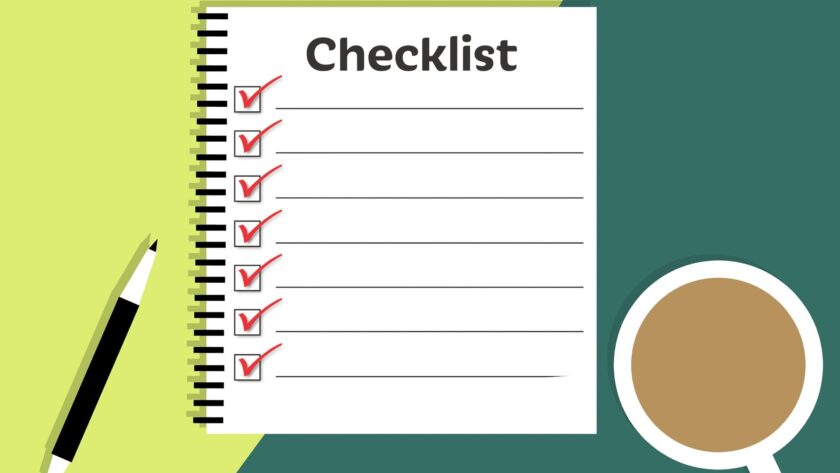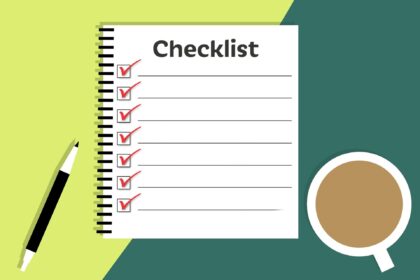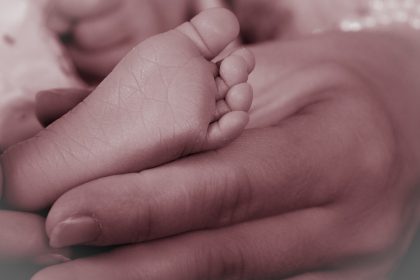STANDARD 7
For every small and sick newborn, competent, motivated, empathetic, multidisciplinary staff are consistently available to provide routine care, manage complications and provide developmental and psychological support throughout the care pathway.
Quality statements
- 7.1 All small and sick newborns have access to a sufficient multidisciplinary workforce, including health professionals, allied health and support staff, at all times according to standard levels of care.
- 7.2 Health professionals and allied health and support staff have appropriate skills to support the health and the psychological, developmental, communication and cultural needs of newborns and their families.
- 7.3 All staff working in neonatal units of a health facility have the necessary knowledge, skills and attitudes to provide infection prevention and control, basic resuscitation, kangaroo mother care, safe feeding and medications and positive interaction with newborns and communication with careers.
- 7.4 Every health facility that provides care for small and sick newborns has managerial leadership for developing and implementing policies and legal entitlements, clinical governance and fostering an environment for continuous quality improvement.
STANDARD 8
The health facility has an appropriate physical environment, with adequate water, sanitation, waste management, energy supply, medicines, medical supplies and equipment for routine care and management of complications in small and sick newborns.
Quality statements
- 8.1 Small and sick newborns are cared for in a safe, secure, well-maintained, organized physical environment that is appropriately designed to provide kangaroo mother care and family- centered care according to standard levels.
- 8.2 Water, sanitation, hand hygiene and waste disposal facilities are easily accessible, functional, reliable, safe and sufficient to ensure strict infection control and meet the needs of newborns, careers and staff.
- 8.3 Equipment designed specifically for the medical care and developmental and emotional support of small and sick newborns is available at all times.
- 8.4 Adequate stocks of medicines and medical supplies specific for small and sick newborns are available for routine care and for management of complications.
- 8.5 All careers of small and sick newborns have a dedicated area with supportive elements, including adequate space for kangaroo mother care, family-centered care, privacy for mothers to express breast milk and facilities for hygiene, cooking and laundry.
- 8.6 In humanitarian and fragile settings, including outbreaks and pandemic situations, provision of a safe, secure environment for the care of small and sick newborns is included in preparedness, response and recovery plans.
- Symptomatic infants should be retested after being afebrile for >3days or when symptoms improve or after 14 days (whichever is later).
- Positive asymptomatic infants can be nursed and with their asymptomatic mothers who should be educated on infection prevention methods. They should be observed and then retested after 14 days.
b. Feeding
There is currently no evidence that COVID-19 can be transmitted through breast milk, therefore, COVID 19 infection is NOT a contra-indication to breast feeding.
-Asymptomatic mothers and those with mild symptoms should breastfeed.
-Mothers must observe hand hygiene with soap and water or alcohol hand rub before touching the baby and must wear a mask while breastfeeding.
-If mother is a confirmed/symptomatic case, she should be encouraged to breastfeed her baby. Ensure she wear a surgical/procedure mask when near the baby; practice good respiratory hygiene and perform hand hygiene before and after close contact with the baby
-Infants of critically ill mothers should be fed with EBM or appropriate infant formula.
c. Referred Babies
- Out born babies referred to the hospital that were exposed or suspected or confirmed to have COVID-19 should be managed in the same isolation ward as the inborn babies.
- They should be managed as outlined for inborn babies.
d. When to discharge
- Positive asymptomatic infants: – discharge after at least two consecutive test results at >24-h sampling intervals are negative.
- Symptomatic infants: – discharge after symptoms have abated, have been afebrile for
>3 days and at least two consecutive test results at >24-h sampling interval are negative.
- All discharged newborns should be closely followed up
- Immunization should be commenced according to EPI schedule




